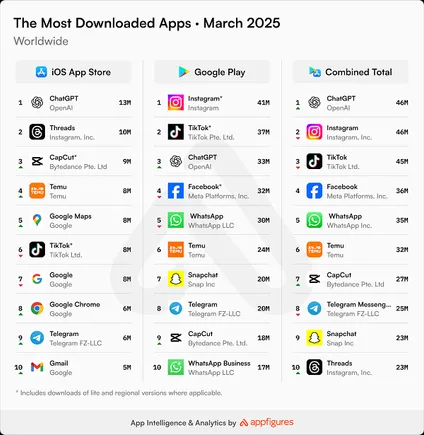Fragmented $2.4 Billion U.S. Meditation Market Shifts to More Virtual Services
Meditation has become more mainstream in America, with interest soaring during the pandemic for apps like Calm and Headspace.

An estimated 36 million U.S. adults now meditate. The typical meditator is a middle-aged female, highly educated, non-Hispanic White, residing in the Western U.S. Consumers today meditate for stress management and mental health, less so for spiritual enlightenment. In the past, the only options were to take a costly meditation course for $1,400 over four days, or to go to a Buddhist temple for two hours at a time. That has changed, as virtual courses and apps have made access easier and less costly. For more in-depth information, be sure to read the new report The U.S. Meditation Market by Marketdata LLC, which explores the reasons behind growing demand, the distinction between non-profit and for-profit centers, key players, customer demographics, operational insights, and the market's relationship with yoga studios, along with the impact of the pandemic and recovery trends. The report also includes market size and growth data, forecasts, and detailed segment analysis. About the Author: John LaRosa is the President of Marketdata LLC and is the author of 100+ industry and market studies. His research appears in top media outlets including ABC, CNN, Fox, Forbes, USA Today, The Wall Street Journal, The New York Times, and a variety of trade journals.  Meditation has become more mainstream in America, with interest soaring during the pandemic for apps like Calm and Headspace. Meditators are returning to in-person courses at non-profit meditation centers, but virtual courses are now more prevalent.
Meditation has become more mainstream in America, with interest soaring during the pandemic for apps like Calm and Headspace. Meditators are returning to in-person courses at non-profit meditation centers, but virtual courses are now more prevalent.Top 6 Things to Know About the Meditation Market
Market Size: The U.S. meditation market was estimated to be valued at $2.4 billion as of 2024, forecast to grow to $2.8 billion by 2028.
Non-profit Meditation Centers: There are an estimated 990 meditation studios or centers in the U.S., mostly non-profit organizations. They have average yearly revenues of $250,000 and generated $247 million in revenues in 2024. They are returning to normal operations, but are incorporating more virtual courses. However, non-profit centers are obtaining less funding from donors, due to the economy.
The Yoga Connection: An estimated 25% of the nation’s 12,400 yoga studios also offer meditation classes, and are estimated to generate $112 million in revenues from them.
Meditation Apps: There are at least 2,500 mediation smartphone apps now on the market. Meditation apps, websites and online courses generate an estimated $517 million per year. However, apps usage for meditation has plummeted from the pandemic peak of 2022.
Competition: Marketdata finds that 312 of the U.S. meditation centers are operated by three non-profit organizations: Kadampa Centers, Transcendental Meditation™, and Shambhala Centers. Very few for-profit meditation centers exist, and the market is ripe for investment
Consumer Demand: Marketdata estimates that the average meditator spends $286-480 per year on meditation classes, books, apps, online courses and supplies, while the typical yoga user spends $500-1,000. An estimated 12% of the 36 million meditators use a class offered by a meditation center, yoga studio, or a practitioner — 4.4 million people.
Where to Learn More

 ShanonG
ShanonG 











![LinkedIn Provides Thought Leadership Tips [Infographic]](https://imgproxy.divecdn.com/sGPjK1VM5eAOI_l-OTkmJTV2S8dHIfUwFmDwPWjhfjg/g:ce/rs:fit:770:435/Z3M6Ly9kaXZlc2l0ZS1zdG9yYWdlL2RpdmVpbWFnZS9saW5rZWRpbl90aG91Z2h0X2xlYWRlcnNoaXBfaW5mbzIucG5n.webp)
![Media Buying 101: What It Is and How It Works [+ 14 Platforms to Use]](https://www.hubspot.com/hubfs/media-buying-1-20250115-5695026.webp)






![The 2026 AI Search Benchmark Every SEO Leader Needs [Webinar] via @sejournal, @lorenbaker](https://www.searchenginejournal.com/wp-content/uploads/2025/11/1-259.png)












